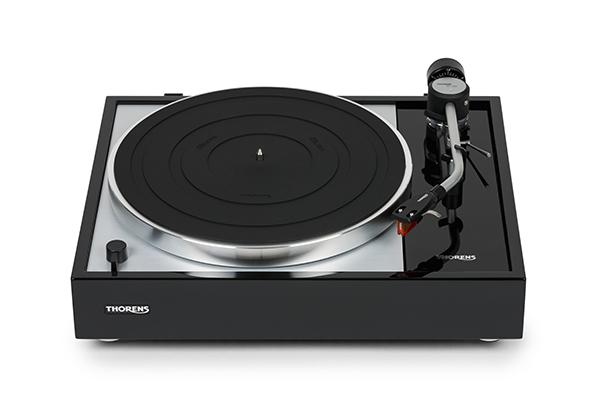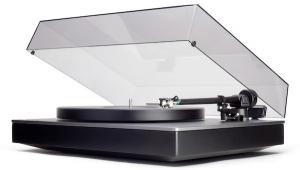The 'table looks great and seems fairly priced compared to some of its competition. And equipment reviews are particularly welcome as they've been a bit scarce 'round these parts lately. Next time you may want to consider doing the basic checks (i.e., the ones which aren't time-consuming and don't require sophisticated test equipment) like tracking ability and speed accuracy.
In any case, well done and more please.








































































